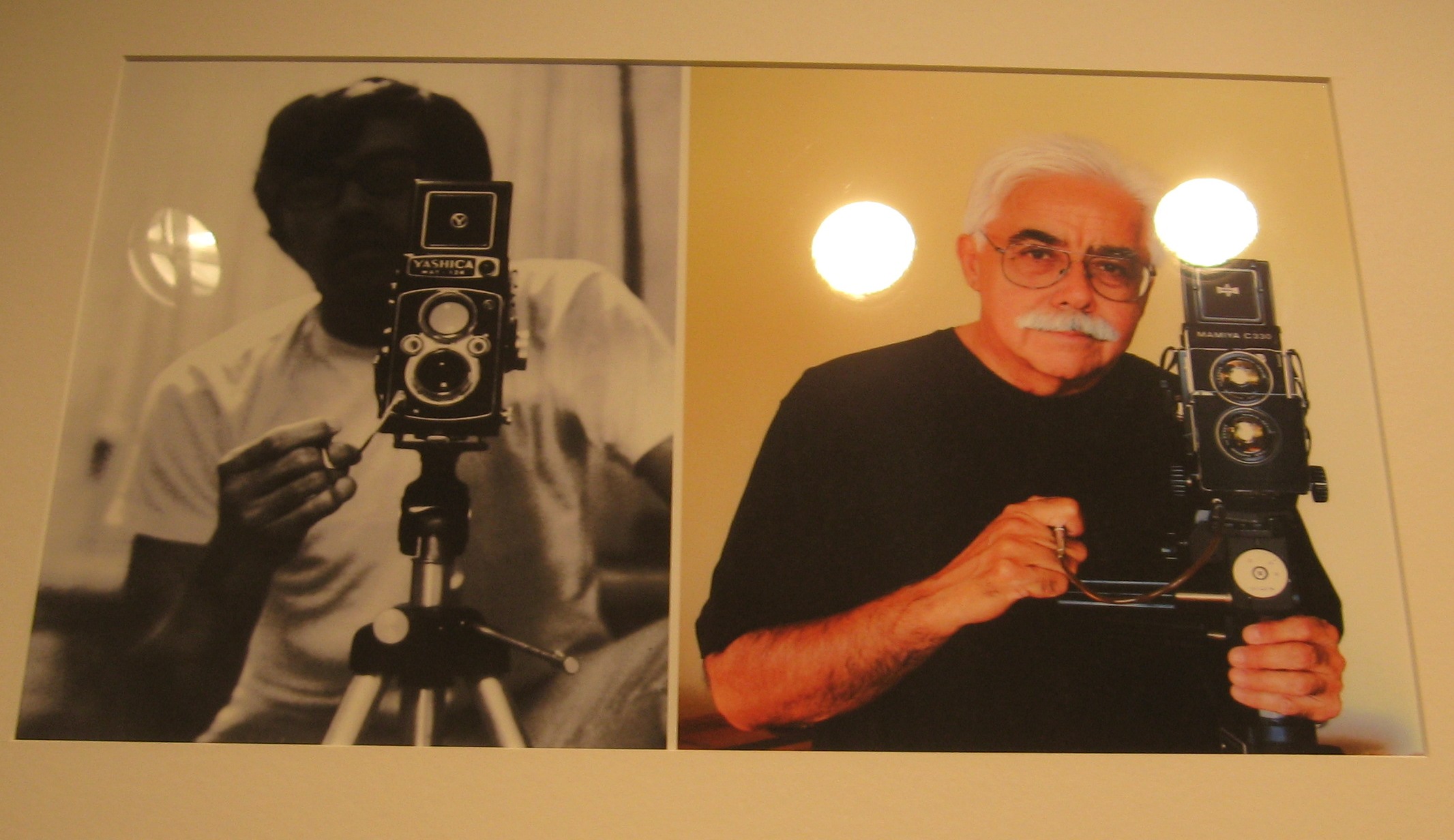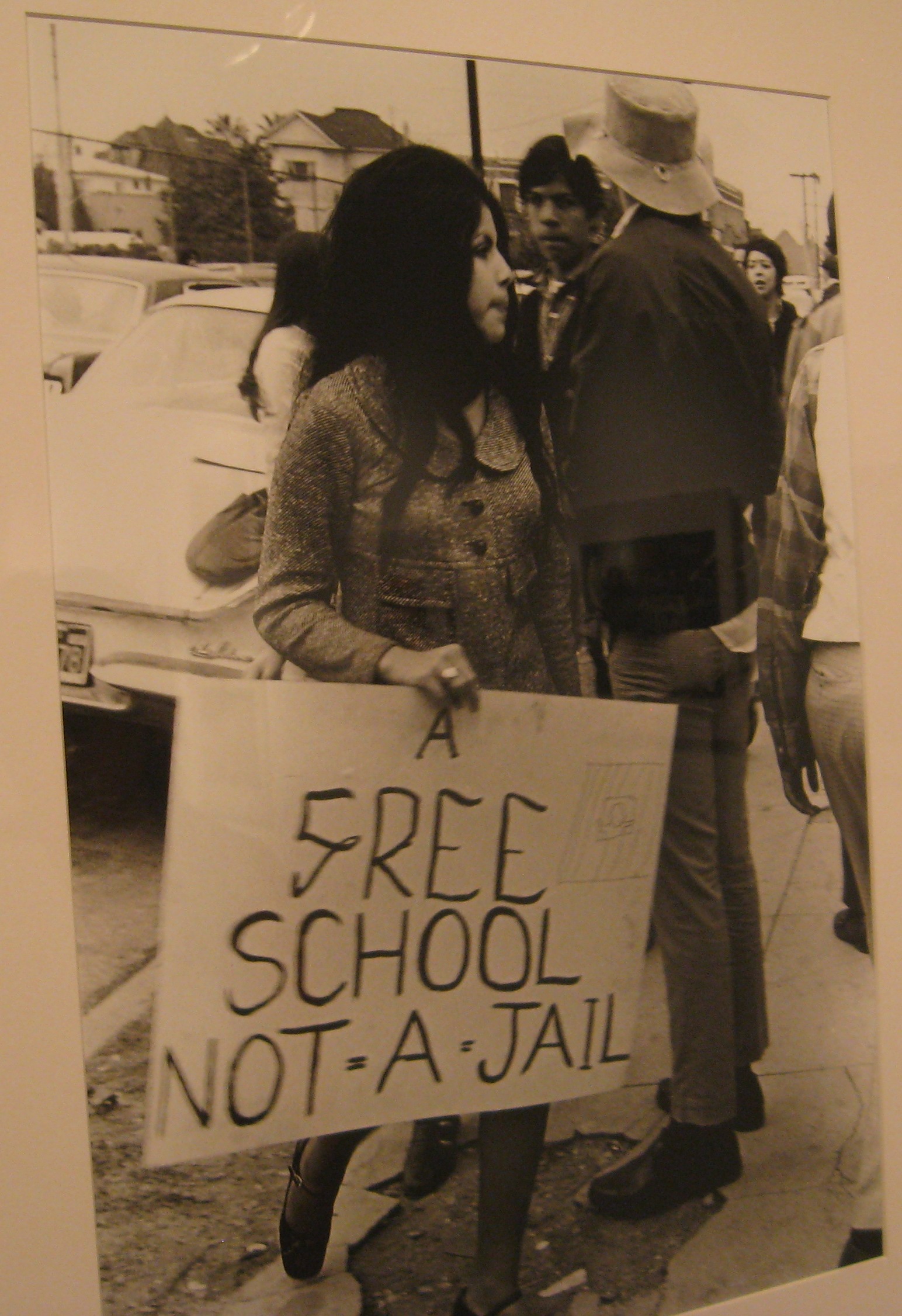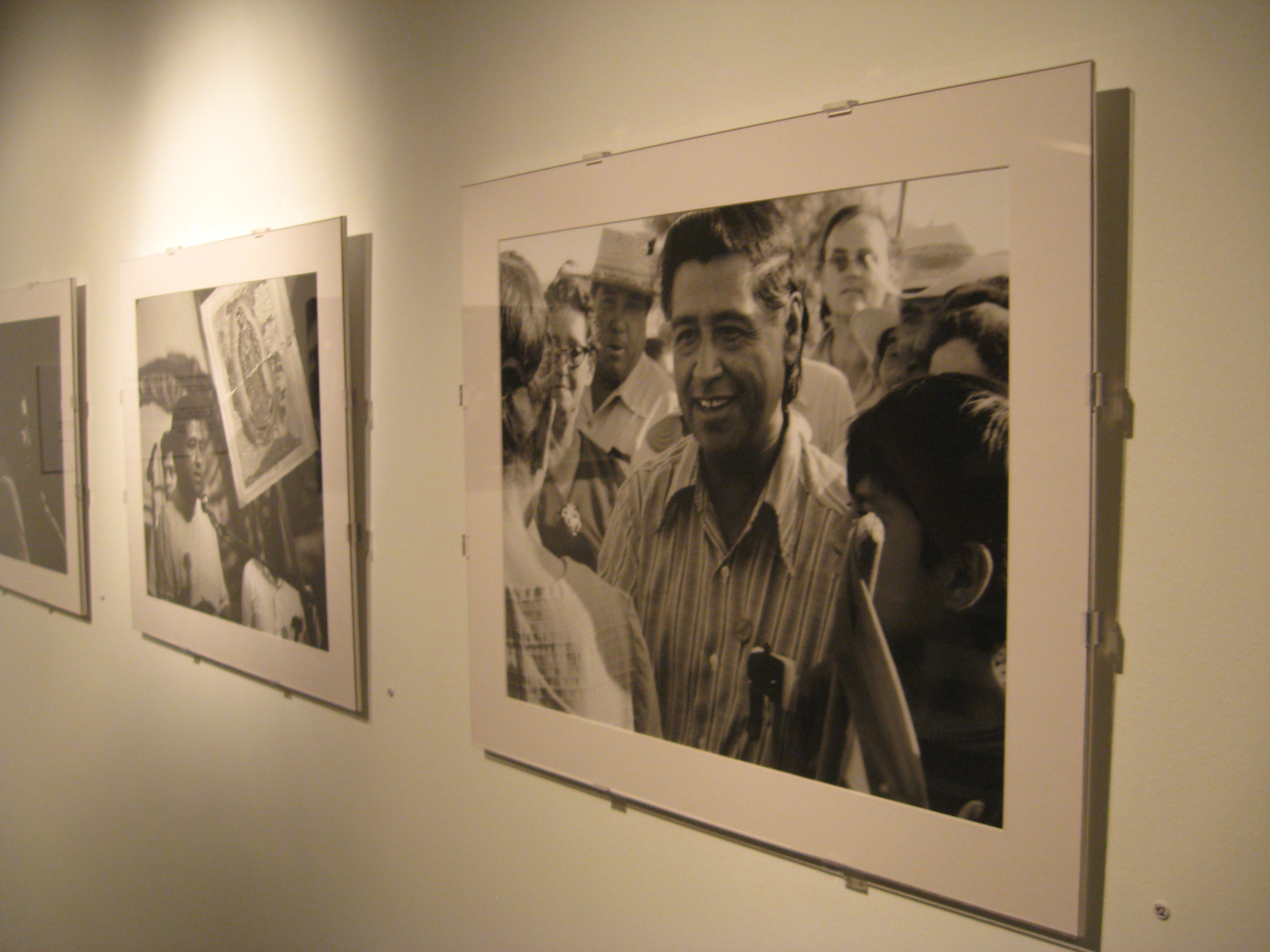
Oscar Castillo’s photograph, aptly named "Solitude at Echo Park," is a familiar image. The inner-city parks of Los Angeles are still places of refuge and withdrawal for the heavy-hearted, even 30 years after Castillo captured the subtle dynamic through his lens. The man in the cowboy hat still sits by the lake, though his clothes and his name have changed.

A few years later, while studying at California State University, Northridge, Castillo was inspired by the struggle of farm workers in California’s Central Valley and began following the fledgling Farm Workers Union as it started to organize. His photographs of Cesar Chavez reveal personal admiration for the Chicano Civil Rights leader. The shots are reverent; Chavez is surrounded by inspired workers and awed children, or silhouetted against the darkness as he addresses a crowd.
The collection is now being exhibited at the Latino Museum of History, Art and Culture, housed downtown on Gallery Row at the Los Angeles Theatre Center. At an opening reception, Castillo said that he hoped his work would inspire people to "look at their own community and family, and the beauty around you." Castillo added that strong, positive images of the Chicano Civil Rights Movement are necessary to help purge negative stereotypes persistent in the city, from the past to the present day.

And yet, the youthful crowd at the reception proved that these iconic photographs hadn’t lost their poignancy. A group of Latino teenagers mingled around the images of the 1968 Roosevelt High School protest, perhaps recalling some recent experience fighting the LAUSD’s budget cuts. A young woman stood beside Cesar Chavez, reading the history of the United Farm Workers Union on an accompanying placard. .jpg) Later, an African-American man, dressed in multi-colored, tie-dye pants and a customized leather jacket, leaned in and adjusted his glasses to get a closer look at four similarly-clad Latino men inside one of the frames. "Los Four," taken in 1974, shows artist-friends of Castillo’s smiling happily beside their bright, spray-painted mural, designed to promote graffiti as art, not vandalism.
Later, an African-American man, dressed in multi-colored, tie-dye pants and a customized leather jacket, leaned in and adjusted his glasses to get a closer look at four similarly-clad Latino men inside one of the frames. "Los Four," taken in 1974, shows artist-friends of Castillo’s smiling happily beside their bright, spray-painted mural, designed to promote graffiti as art, not vandalism.
Castillo himself manned the sidelines with a camera around his neck, the shy and natural observer he claims to have always been. Meanwhile, his shared perspective took on new resonance for the viewers wandering the room. It may have been a different year and a different fight, said Castillo, but the social atmosphere remains the same. "From Vietnam to Iraq," he said, "history repeats itself."















Emily,
Thank you for your insightful review.
Oscar Castillo
Cinco de Mayo is best compared to America’s holiday of the seventh of December, otherwise known as Pearl Harbor Day in that it commemorates a famous battle. The holiday marks the victory of Mexican forces of the French occupational forces based upon the Battle of Puebla. This was a significant victory for the Mexican forces because they were outnumbered in people, training, and weaponry.
remodeling
trends kitchen
best faucets
cabinet